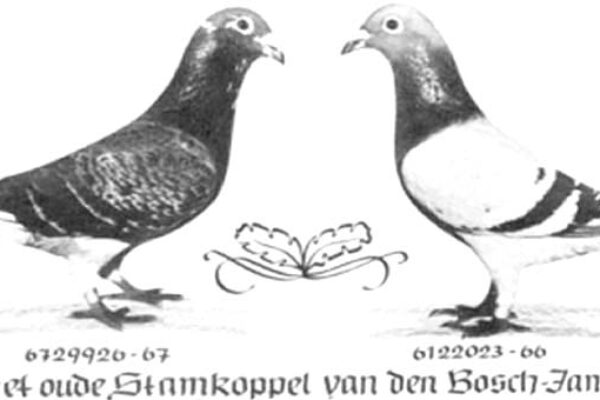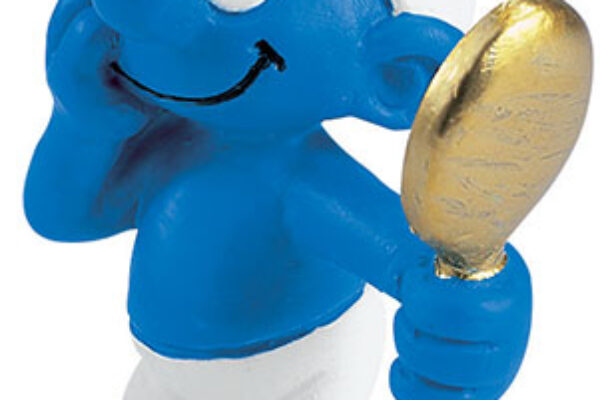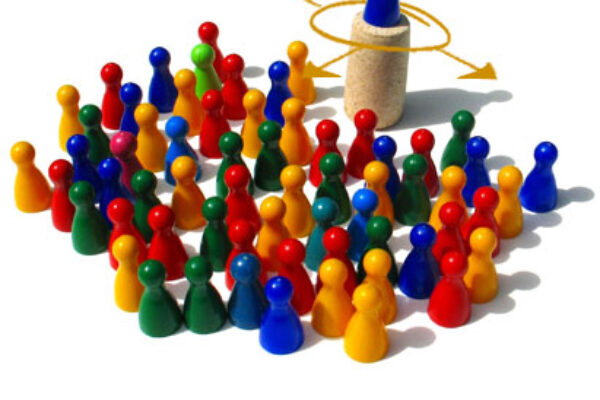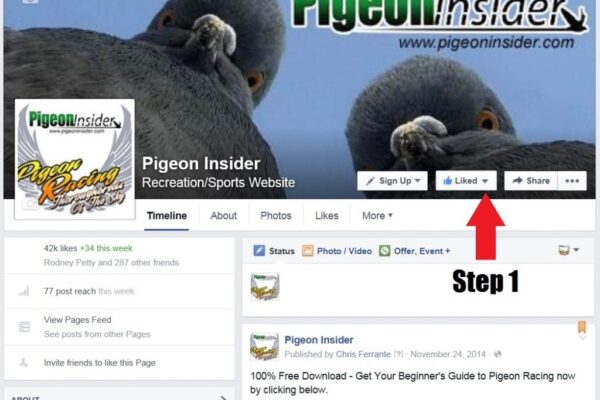Pairing Racing Pigeons For Breeding
 If you are breeding with a strategy and not by chance the art of pairing up is essential. When breeders are not producing young, cocks and hens must be separated to enable you to reintroduce them to new mates when you enter the next breeding season. For systems such a intensive line breeding and intensive inbreeding, you will be changing mates often.
If you are breeding with a strategy and not by chance the art of pairing up is essential. When breeders are not producing young, cocks and hens must be separated to enable you to reintroduce them to new mates when you enter the next breeding season. For systems such a intensive line breeding and intensive inbreeding, you will be changing mates often.
Early Mating
Here in the United States many fanciers pre-mate their birds in late November. This is to ensure a pair takes to each other but the birds are either allowed to brood wooden eggs. This makes putting the birds together much easier in the spring or after the first of the new year. After the pairs have taken to each other you can separate them again until the actual breeding season begins. In some parts of the United States it is still extremely cold early in the year and once the weather settles to the right condition, there isn’t much time to waste. There is nothing more frustrating then pairs that don’t take to each other or switch mates.
When to start the breeding season
For fanciers that are breeding for futurities the trend is to breed almost immediately after the new year. Often birds are banded on New Years Day. The belief is that those young birds being the first sent to the futurity will have an advantage.
The best way to decide is to look at the date for the beginning of your club’s young bird season. Count backwards to include the time necessary to train. This is different for each fancier. Then count back again to allow the birds to hatch and mature to an age when they can be trained. Often in my club, the date to pair up the birds is Valentine’s Day, February 14th. Kind of ironic that the holiday coincides with when we want procreation in the loft to begin.
Lights and temperature
The length of daylight (or artificial light) and the temperature have an affect on when the birds will desire to mate and breed. In Nebraska we have wild swings in weather and temperature. It’s not uncommon to get a short warm spell and watch the birds get excited and want to start mating. Then we can have a cold snap of sup zero night temperatures in the middle of February or even beginning of March.
I suggest putting the lights in your loft on an automatic timer. Set the total time for the lights for between 16-18 hours. Start the lights about two weeks before you plan on pairing up. This will reset the breeder’s biological clock and get them ready for the breeding season. This biological clock not only affects their instincts but surely must set into motion a set of necessary biological functions as well.
Temperature is something that is harder to control depending on your financial means. If you have a loft that is not temperature controlled (like mine) and you have breeders on eggs. I suggest feeding the breeders twice a day. This increases the chances that the eggs will not be unattended for any amount of time that will jeopardize them. It will also reduce the number of youngsters that get “chilled” in the nest.
You will know if a youngster got “chilled” by examining their flight and tail feathers. If a bird gets severely chilled there will be a line across the quills in all flight feathers at the stage the bird was at in development at the time it got chilled. Often the flights and tail feathers will break off at that point within a few weeks. That bird is done for racing, training and will probably not ever amount to much as he will miss training when learning ability it at it’s highest.
Pairing Racing Pigeons For Breeding by Domanski Family Loft









Title states — how to pair your breeders the right way. After reading this article, I see nothing about the right way. This article is about Timing or when and why to start breeding.